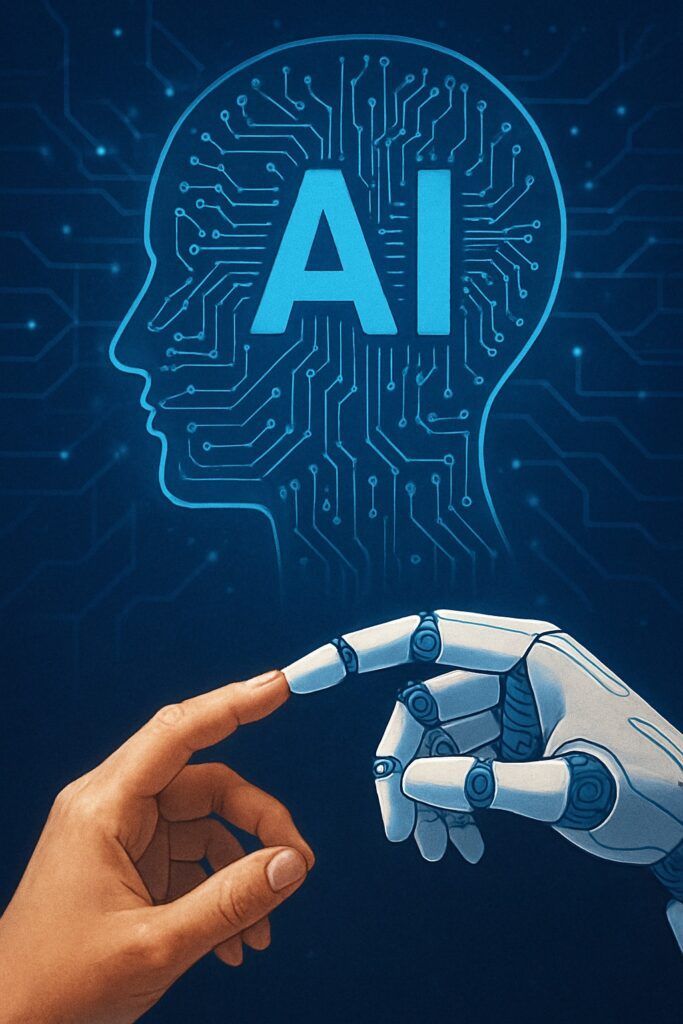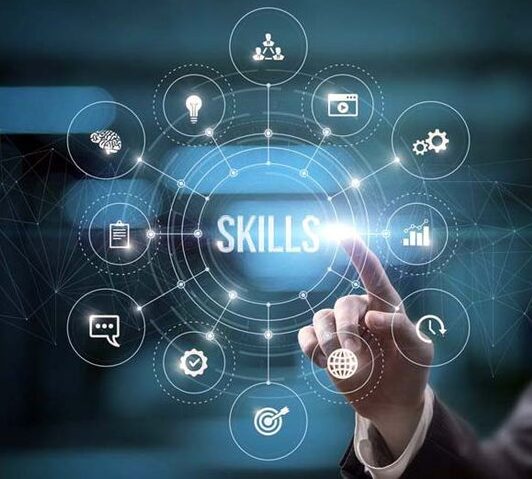Technology moves fast, but the themes shaping 2025 are surprisingly clear: simplify the stack, automate responsibly, and build for resilience. These are the trends leaders are betting on.
AI is becoming integrated everywhere, but governance is the real differentiator. Generative AI is now a standard feature across tools like email, office suites, and CRMs. What matters most is not raw model power but governance practices, including data controls, audit trails, prompt policies, and secure retrieval-augmented generation (RAG) to keep proprietary data safe.
Platform engineering is gaining importance through internal developer platforms (IDPs), which provide teams with structured, reliable pathways for building, testing, and deploying software. This results in faster delivery, reduced cognitive load, and improved reliability.
Data products and real-time analytics are transforming how companies use information. Instead of relying solely on monolithic warehouses, organizations are shifting toward domain-owned data products, supported by streaming pipelines that enable near real-time decisions in areas such as fraud detection, personalization, and operations.
Privacy-enhancing technologies are also becoming standard. Techniques like differential privacy, federated learning, and secure enclaves allow teams to gain insights from data while still protecting it. Expect privacy budgets and governance to be embedded into analytics workflows.
Cybersecurity is now a board-level priority. Identity-first security, continuous verification, and automated detection and response remain central strategies. Supply-chain security and software bills of materials (SBOMs) are moving from “nice-to-have” to mandatory requirements.
Cloud adoption remains dominant, but financial discipline is reshaping how it is managed. FinOps and cost-aware practices such as tagging, budgeting, rightsizing, and showback have become essential for controlling cloud costs and avoiding budget shocks.
Edge and on-device AI are also on the rise, as latency-sensitive and privacy-sensitive workloads move closer to the source. Retail cameras, factory floors, and mobile devices are examples where models now run locally. The trend is hybrid: train in the cloud but deploy at the edge for faster inference.
Low-code and no-code tools are empowering business teams to build simple workflows and apps, but these are now accompanied by guardrails. IT departments provide secure building blocks and review processes to prevent uncontrolled sprawl.
Sustainability has also entered IT operations under the label of Green IT. Practices like power-aware scheduling, efficient model use, server consolidation, and e-waste reduction are not just good for the planet but also reduce costs and risks.
Finally, industry clouds and composable ERPs are emerging. Vertical clouds package regulatory templates and data models for sectors like healthcare, finance, and education. Composable ERPs allow companies to plug in best-of-breed capabilities as their needs evolve.
Conclusion
The winners in 2025 will not be the ones chasing every new tool but those who standardize platforms, secure data, apply AI where it clearly pays off, and operate lean, observable systems that can adapt quickly.



